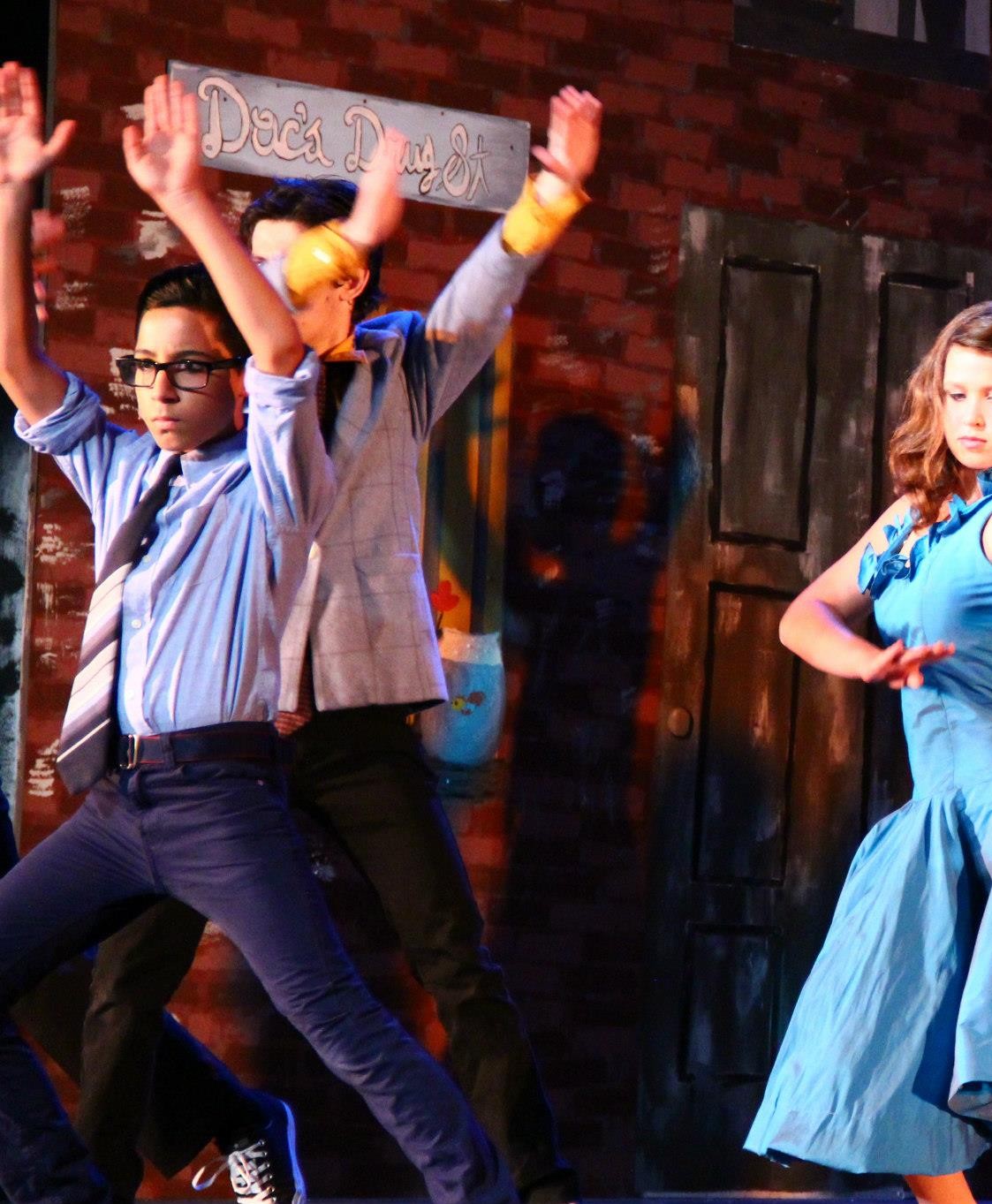Happy New Year! If you’re like me, you’re looking at January with a mixture of fascination and dread. What great learning will happen in your classroom? What new challenges will arise?
The first day back at school after a vacation can be a bit overwhelming. It is also a great time to use the lived experience of students to make some new theatre and reconnect.
WARMUP
Circle Crosses. Some nice circle crosses are always appreciated, and give you a sense of what’s been happening with your students. Cross the circle if you:
- Saw family this holiday
- Had an unexpected conversation
- Taught an older person about technology
- Got a gift you didn’t know you wanted
- Made an important decision
- Spent too much time in the car
- Left your house, the city, the state, the country (tailor to your population, mine often leaves the country)
- Were responsible for someone else
- Won a game
Keep these circle crosses open enough that kids can think to participate, and specific enough that they focus on people, places, events and ideas that may have happened over the break.
5 Person Sculptures. Groups of at least 4, no more than 7. Ten seconds or less. Entire group works together to form a 3-D sculpture.
- Make the biggest object a member of your group saw this break.
- Make the most impressive snack someone had.
- Make the smallest item someone lost.
- Make the strangest holiday gift someone received.
Partner Stories. Grab a random partner. Select and A and a B. Tell them the most astonishing thing that happened to you over break. Switch. Switch again.
A tell B the story again, focusing on the people in it.
Switch. Same thing. B tell A.
Switch. A tell B the story again focusing on the place in it.
Switch. Same thing.
Switch. A tell B the story again focusing on events and ideas.
Switch. Same thing.
BRINGING THE STORY TO LIFE
There are many options now that the details of the story have been brought out.
1. Pairs– Students can continue to work in pairs, choose one of the stories, and do a remembering scene in front of class where both tell the one story as if they were both there.
Example:
Lizette: So you remember how we were supposed to be in a flash mob at Christmas in the Park?
Tim: Yeah, that was awesome. We were totally looking forward to it.
Lizette: Except that then you wanted to go look at that one display to see if they still had the raccoon in the purple dress…And we thought we had time, but then we got distracted…
Tim: So we missed the flash mob.
Lizette: Yeah. And our friends were really annoyed.
Tim: You were really annoyed.
2. Fours- Two pairs join forces and work on one person’s story. That person narrates and the other three become the actors in the story.
Andrew: My dad and stepmom stayed up late setting up this huge expensive train set for my new little brother. It’s really big and you can ride it around in a circle. They bought it like two years ago when he was born and had been hanging onto it, waiting to have this impressive Christmas morning reveal. So then to top it off, they put an Olaf stuffed animal in the center of the carpet where it goes around. They figure he’ll go crazy for the train. But he comes out in the morning, totally ignores the train, and goes right for Olaf, and no matter what they do, he won’t let go of Olaf and he’s scared of the train when they turn it on, and he starts crying, so they can’t get their perfect movie moment.
Two actors play the parents and one the little boy. Andrew himself doubles as Olaf.
3. Monologues– A good into if you’re going to start working with monologues and if you’re pressed for time. Have everyone sit in the audience, and have students tell each other’s stories as if they had happened to them. All they should change are the pronouns, if they must.
Example: Jasper told Amanda a story about waiting in the car on New Year’s Eve with his younger siblings while his parents fought inside the house, and having it turn midnight without the whole family there. Amanda tells this story as if it were hers. Jasper tells the class Amanda’s story about coming out of a store on Christmas Eve where she’d been waiting in line for the whole family’s tamales, seeing a homeless guy, and handing him her Christmas tamales and watching as he took them and distributed them among other homeless people, and then just getting back in line to get more because she could.
TIP: With sensitive stories, don’t ask whose story is whose. Let the stories stand on their own, as much as possible. If you work towards an open, supportive environment, an hour of stories will include hilarity and the solemn acknowledgment that truth has been spoken to power. This is a great activity to simply enjoy your students and absorb their lived experience. You can jump back into the next project tomorrow.
What they’re learning:
- How to tell a story, alone, with a partner, or with a group.
- Stories change with the people in them.
- The retelling of a story makes it better and different.
- We are the keepers of each others stories.
- Drama class is a place to invest in one’s own voice, and in the community of voices.
Have a great first day back, everyone. I’ll be doing my part to make this a semester to remember.


